Épure
A Long-Lived Haute French Classic in Hong Kong
Épure is a contemporary French fine-dining restaurant that serves as an ambassador for modern French cuisine in Hong Kong, emphasizing seasonal ingredients, terroir and refined simplicity in its dishes. Launched in 2013 by the Gourmet Dining Group as part of their expansion into fine dining in Hong Kong, Épure quickly gained recognition for its fresh take on French classics and has held one Michelin star consistently since 2016. From its inception, Épure aimed to blend traditional French culinary traditions with innovative, modern twists, respecting the origins of ingredients and adhering to French seasonal cycles despite being in Asia. It was among the early fine-dining establishments to make a mark in Hong Kong's competitive scene, earning praise for its concise cooking style and focus on pure, healthy flavors.
Nicolas Boutin is the Executive Chef of Épure, a position he's held since the restaurant's opening in 2013. Now in his mid-50s (born around 1969 in Châtellerault, France, over 300 km southwest of Paris), Boutin has over 31 years of experience in the culinary world, starting from humble beginnings and rising through some of France's most prestigious kitchens. He also serves as executive chef for sister venues Ami (a bistro-style spot) and Wood Ear in Hong Kong, allowing him to explore both fine dining and more casual fare.
Boutin left school at age 14, disliking academics and preferring hands-on work. He began with a pre-apprenticeship in a charcuterie and catering shop in his hometown, then moved into culinary apprenticeships at small restaurants and hotels. By 18, he entered fine dining in Poitiers at Le Maxime. His big break came in 1989 at 19, when he joined the three-Michelin-starred Maison Lameloise in Burgundy under Chef Jacques Lameloise. Starting as a commis (junior chef), he rotated through stations like vegetables, rotisserie, and pastry, advancing to chef de partie.
Around age 23, Boutin joined another three-Michelin-starred icon, Les Frères Troisgros (now Troisgros) in Roanne, under Michel Troisgros. He started as a commis but was promoted to chef de partie within three weeks and sous chef at 24—a rapid rise. During this period, he traveled to Canada and the United States for the restaurant. His inspirations often draw from these early experiences, including food memories, global travels, and deep research into ingredient histories.
Boutin's career then took him to other notable French spots, including Dominique Toulousy's two-Michelin-starred Les Jardins de l’Opéra in Toulouse (where he formed a long friendship with Michel Portos) and Jean Bardet's restaurant in Tours. He spent six years in Dublin, Ireland, learning English and managing a gourmet import shop, while also honing hotel management skills. Later, he served as right-hand man to Michel Portos at Le Saint-James in Bordeaux.
Before Épure, he joined Hong Kong's Gourmet Dining Group to develop the Dalloyau brand. His style at Épure—pure, seasonal, and health-focused—stems from these diverse experiences, blending classic French techniques with worldly influences.
The menu at Épure is a tasting menu, and the only choices we had were whether or not we’d do the additional dish - the three yellow chicken (Obviously, we did), and whether we wanted the beef or duck. Luckily, there were four of us, and we did two of each.
The amuse bouche - one of the signature dishes at Épure. Hokkaido uni on top of a Jerusalem artichoke puree, hidden under a translucent jelly made from soy sauce and vinegar. The acid added a layer of complexity to what would otherwise be a one dimensional dish, accenting the richness and creaminess of uni.
The bread course - fairly unremarkable, but very welcome as we had a late night reservation. The pointiness of the ends bakes faster and crispier in an oven, leaving a gradient of toastedness leading to the soft, moist center. Also, it’s a sign that the baguettes were handmade and rolled to a point.
A friend of ours chose the wine, a Saint-Aubin Premier Cru with strong notes of pear and apple. Crisp and dry, a great bottle for catching up with friends.
For those of us not drinking, a sparkling tea made from a brand in Hong Kong trying to elevate sparkling teas and provide an non-alcoholic alternative for social drinks. Interesting, but the problem with sparkling teas is that it gets consumed too quickly!
The first course was another classic at Épure. Japanese Hamachi, a buttery, rich, tender fish, prepared into a crudo in an elegant jalapeño, horseradish and shiso dressing. Minty, citrus, herbal, a bit of kick and a great start to the meal.
Sticking with a seafood theme, two cuts of tuna - the medium-fatty chutoro from the belly and lean akami from the back muscles, served in ginger, kaffir lime dressing with a bit of a Thai flavour profile, hiding a silky egg custard underneath.
A classic French dish of deep fried frog legs, but with a bit of a Singaporean twist. Wrapped in light batter and deep fried to a crisp, in a garlic, cashew nut and curry sauce with fried curry leaves as a garnish. Reminded me a bit of how they serve salted-egg chicken wings or squid in Singapore.
My highlight of the night - a three yellow chicken breast cooked in a rice crust plated with a layer of crisped up, crackling skin, a thin layer of shaved truffles, with a sauce made from 30 year aged Shaoxing wine. The meat was so juicy we had to ask the waiter to confirm it was a piece of chicken breast and not the thigh. A very French preparation of very local Hong Kong ingredients and an absolute delight. It was the additional supplement on the menu, and well worth the addition. This dish alone was worth the price of admission.
Moving into the mains, half of us got the A4 Wagyu tenderloin. Super juicy with fat just oozing out of the meat. It’s always a good tell when a restaurant works with A4 instead of A5 Wagyu for steaks - it’s a sign that the chef has thought about the menu, instead of just frontloading it with the most expensive and luxurious ingredients available. A5 Wagyu is better suited for limited serving sizes - in thin slices for shabu shabu or yakiniku as eating an entire A5 steak is a bit like eating a stick of butter.
In an off-menu change, they substituted their famous aged duck with an aged pigeon done with a very similar preparation. Served with a confit pigeon leg, and two pieces of the breast. Served with a thick consommé and some pickled onions. I wish I was able to try the famous aged duck - French style, but with a Peking duck preparation for the skin, but the pigeon was great nonetheless.
The pre-dessert made from a scoop of white chrysanthemum ice cream with slied kumquat and osmanthus jelly. Huge hit, subtle herbal flavours. I’ve never tried chrysanthemum ice cream before, but light, floral, combining with the differing textures of the jelly and kumquat, I much preferred the pre-dessert to the actual dessert!
After my experience with Ratafia de Champagne at L’Envol and Tate Dining Room, I was eager to try the Ratafia de Chardonnay when I saw it on the menu. Similar to the Ratafia de Champagne, a fortified wine made from Chardonnay grapes instead of Champagne grapes. Bold, concentrated hit of sweetness, citrus and contrasting well with the subtlety of the pre-dessert.
The dessert was a chocolate souffle tart with a cacao sorbet. The only miss of the night. The thing about souffles is that they need a bit of volume to rise and give that light texture. Without the ramekin, the standalone tart just seem a bit like an undercooked brownie. The cacao sorbet was also unremarkable, the flavour a bit muted by the souffle.
Finally, a warm traditional lemon-infused madeleine to finish off the meal.
Overall, Épure was a hit. I kept on confusing Épure with the now defunct Écriture, but perhaps that was the reason why I kept on passing on it in the past. Tucked away upstairs in a labyrinth network of three malls, it’s easy to walk past Épure without a second thought. I had some friends in town, and Épure was conveniently located halfway between the four of us. A great find, and worth revisiting.
Total Damage: 12,000 HKD/4 people


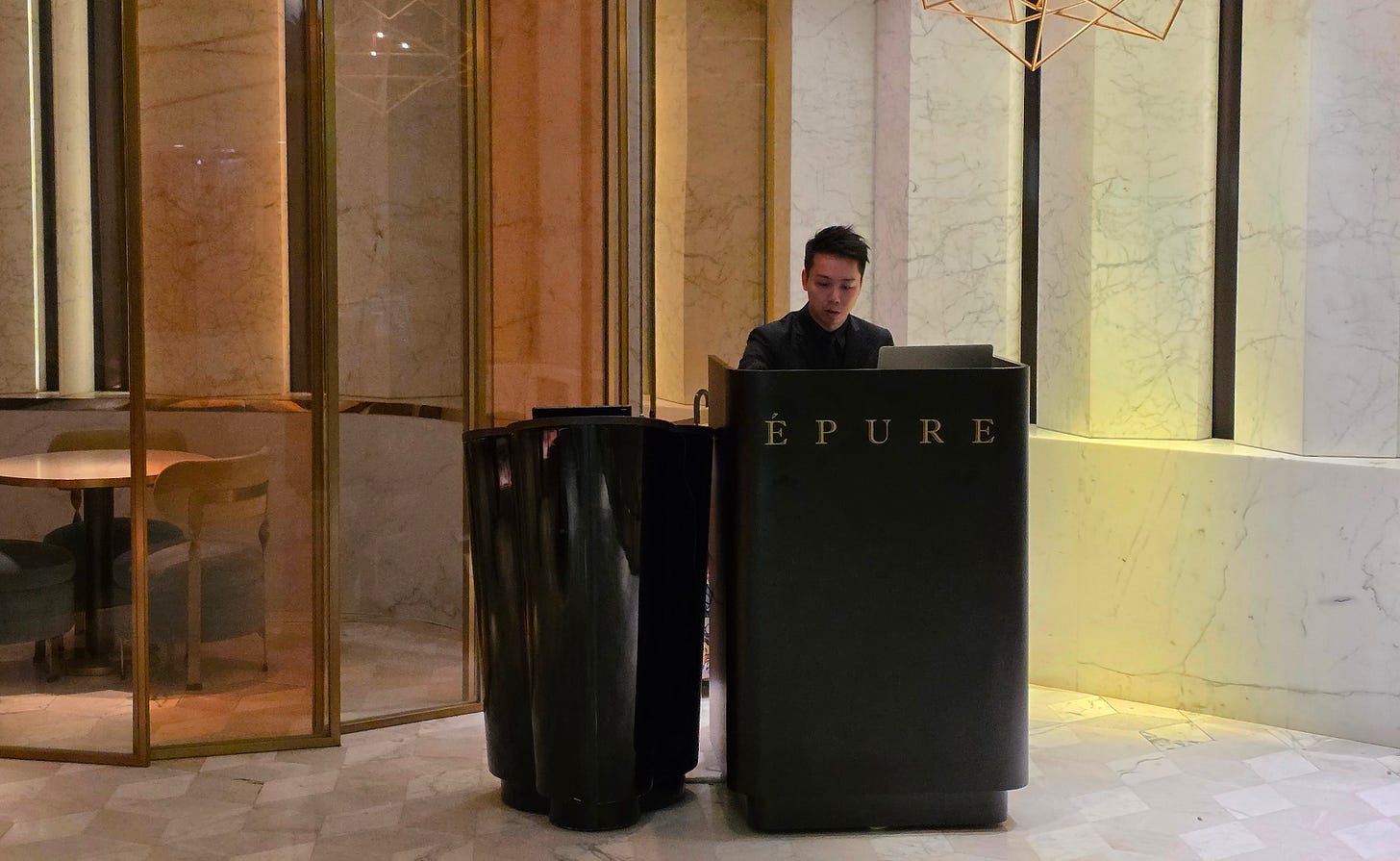
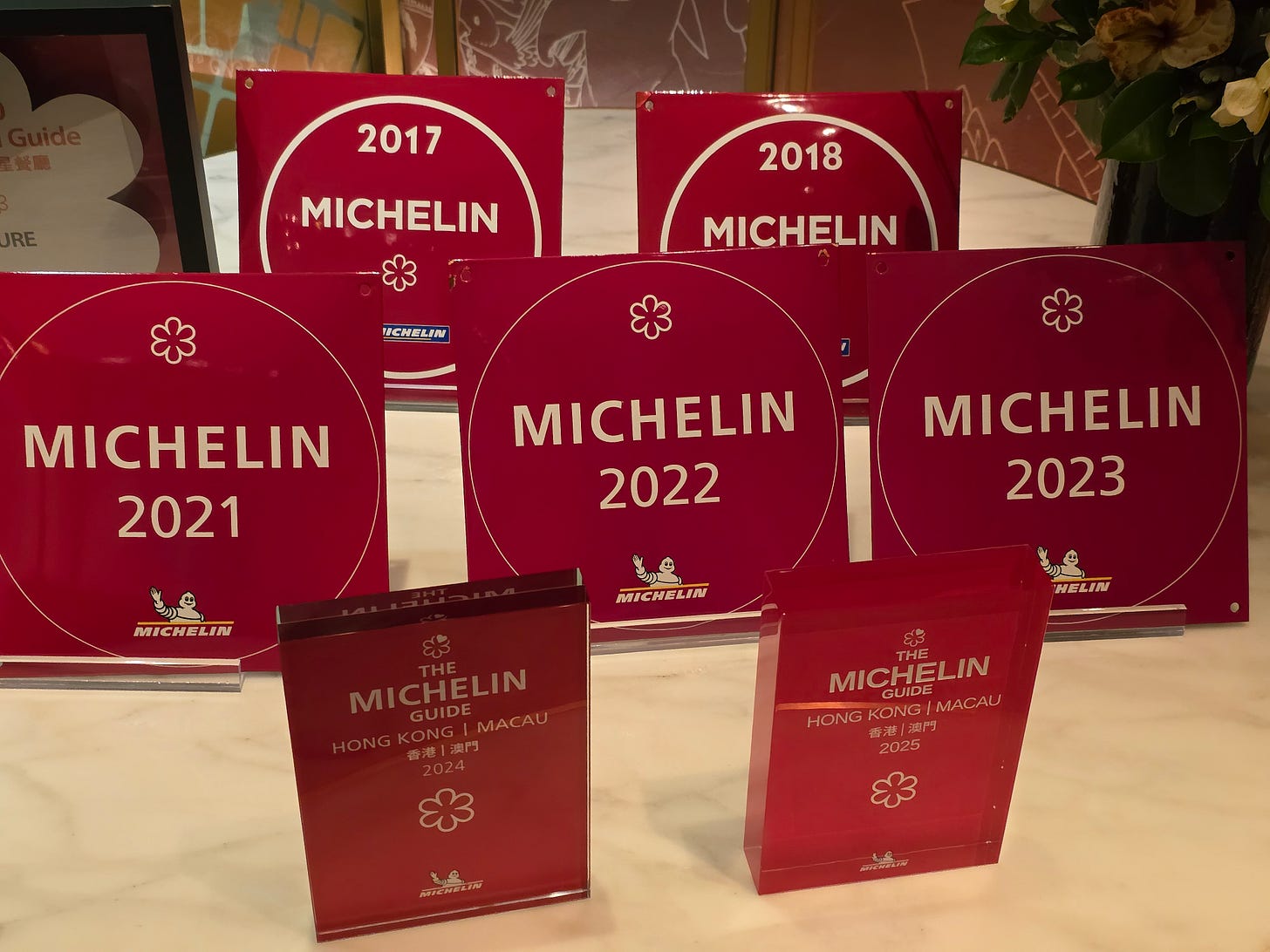
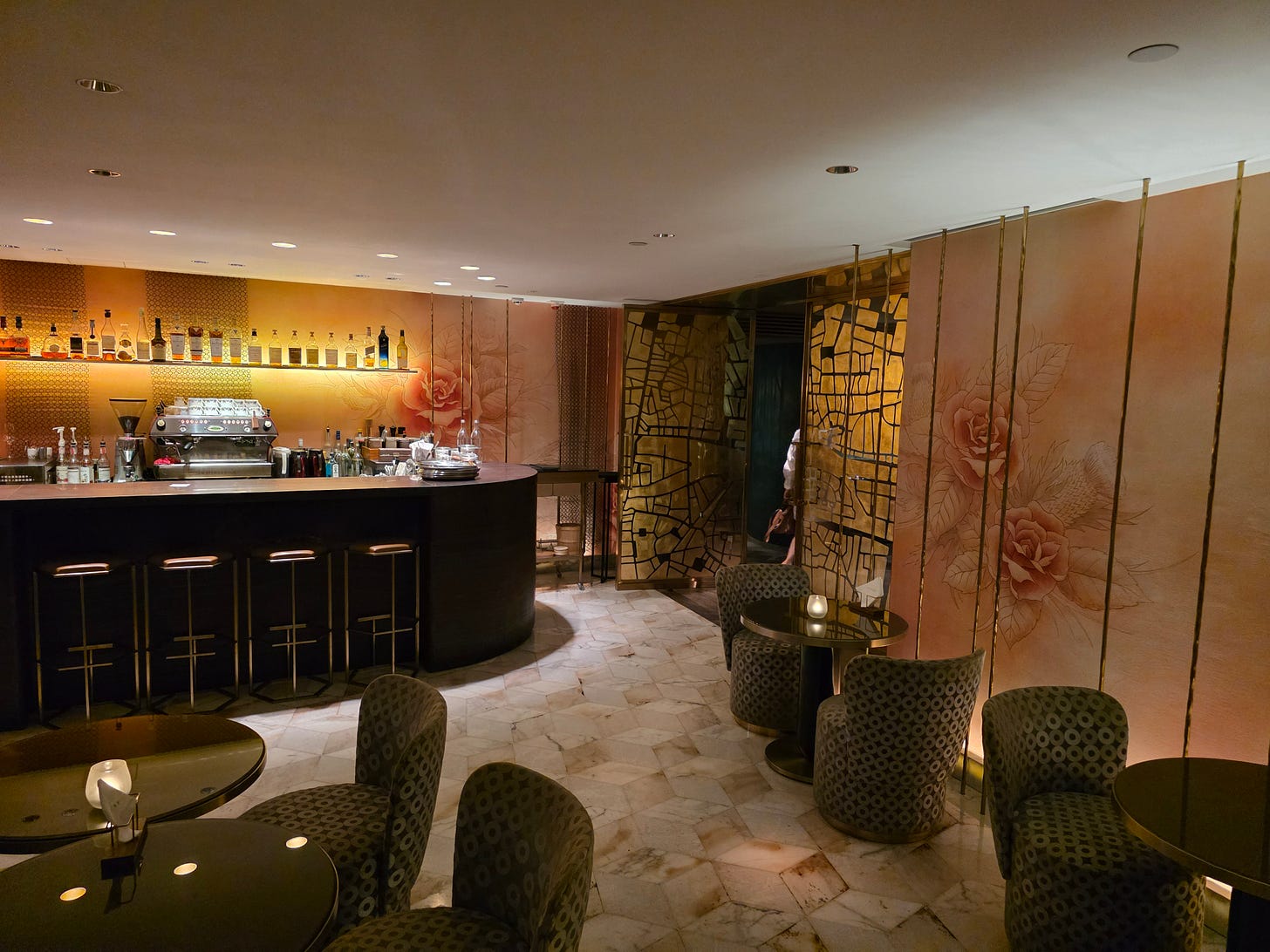
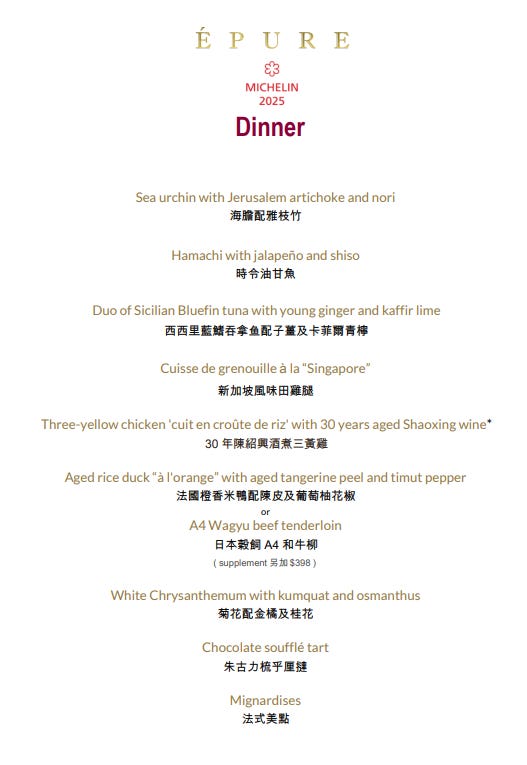
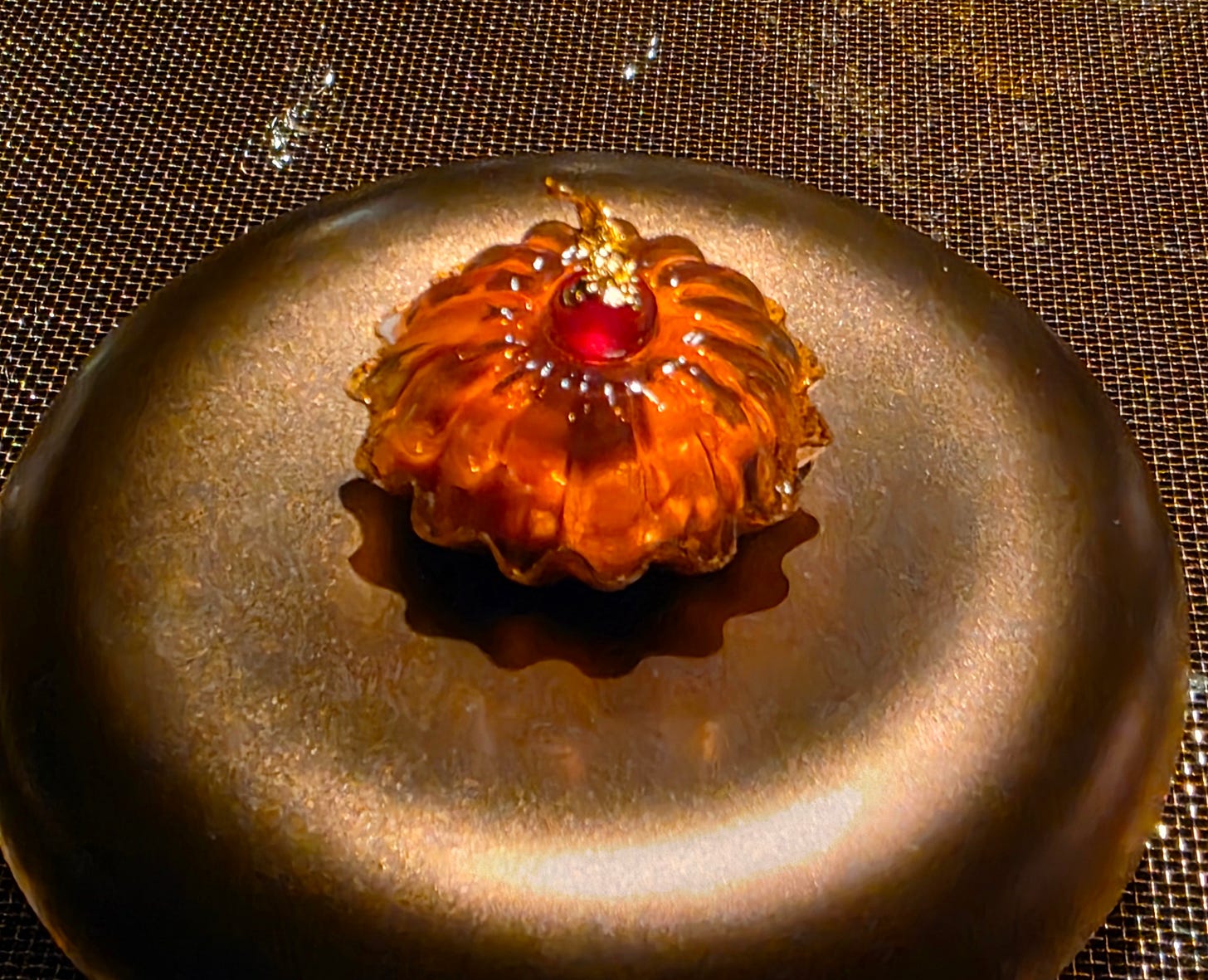
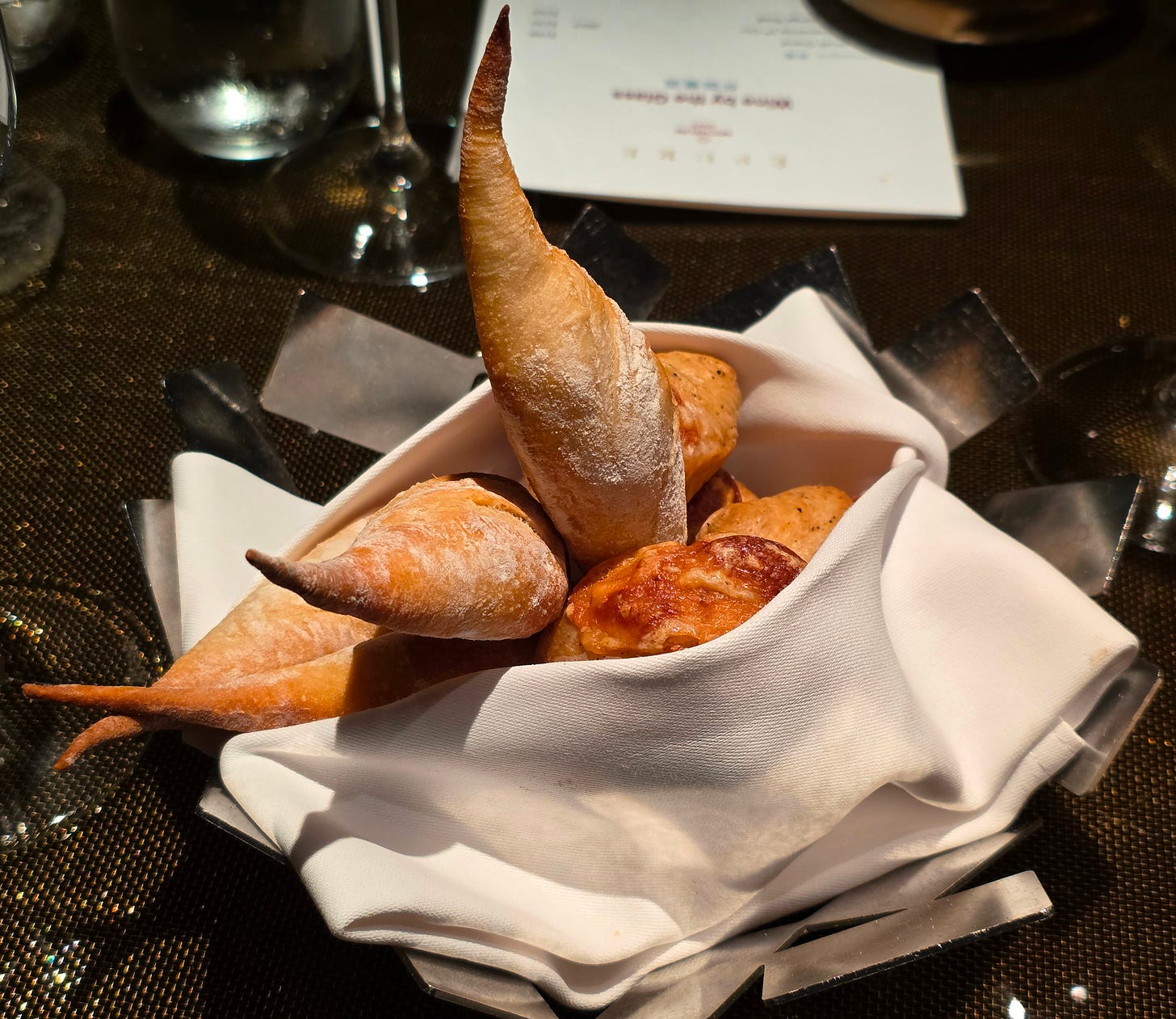
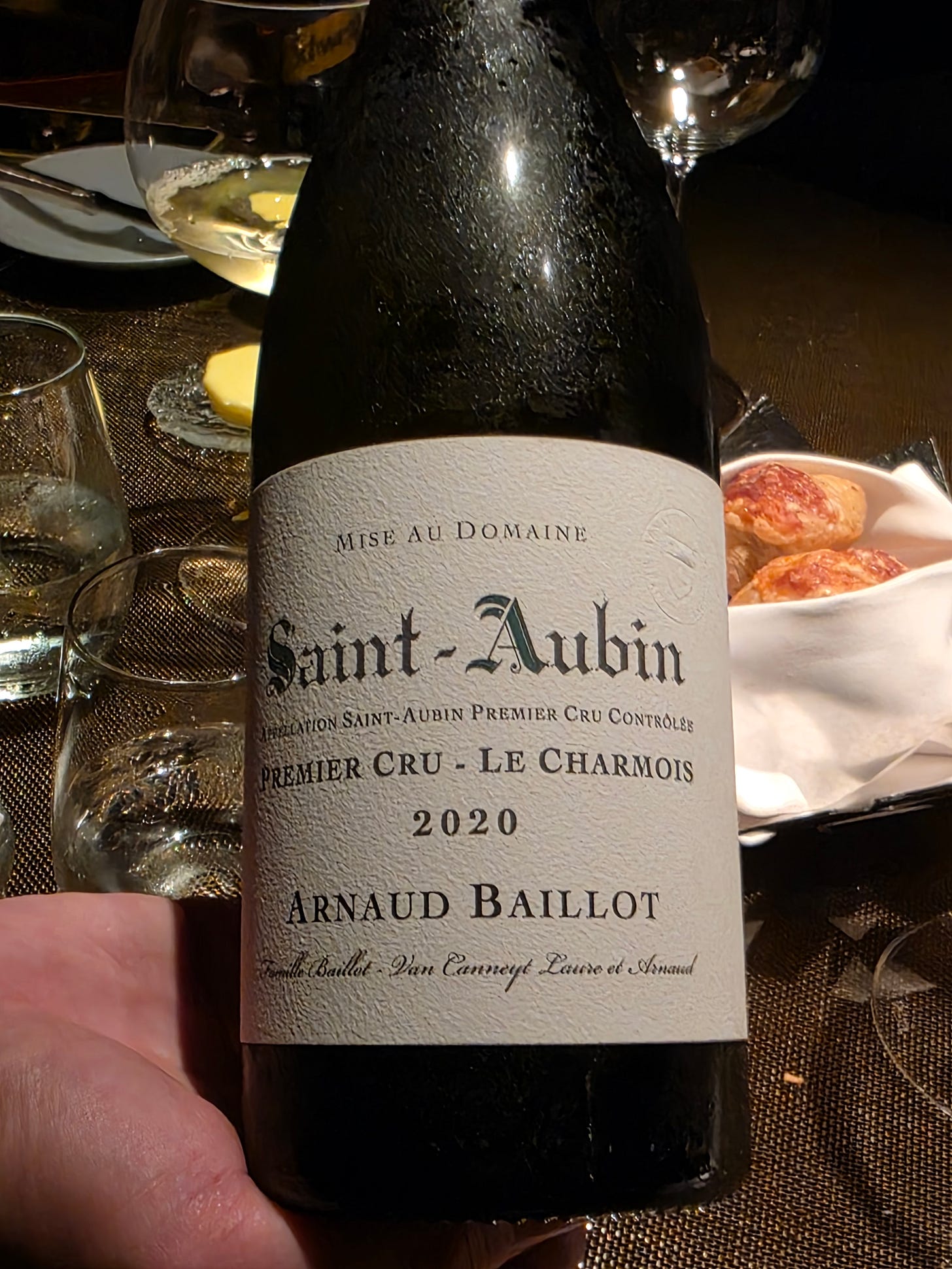
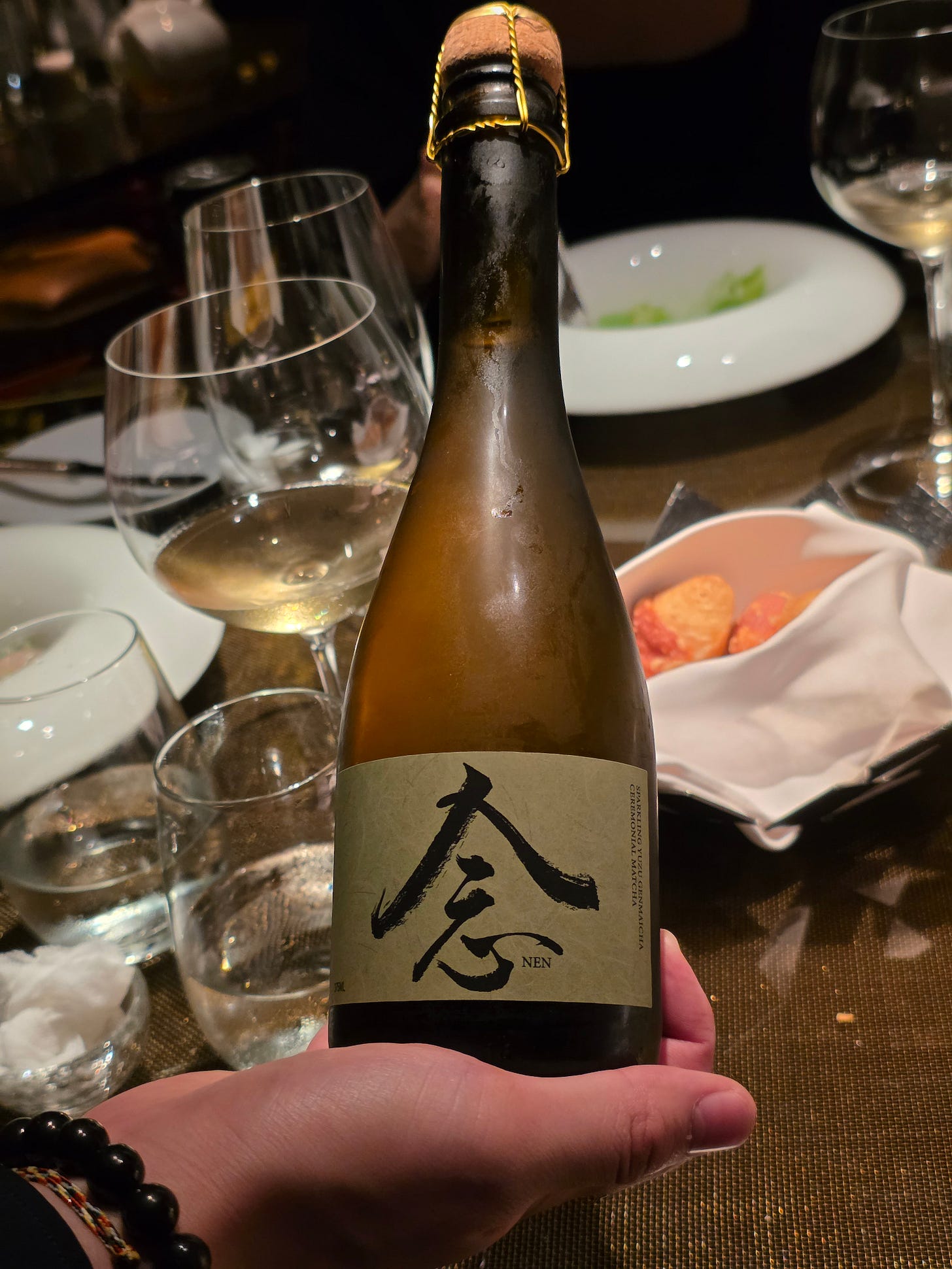
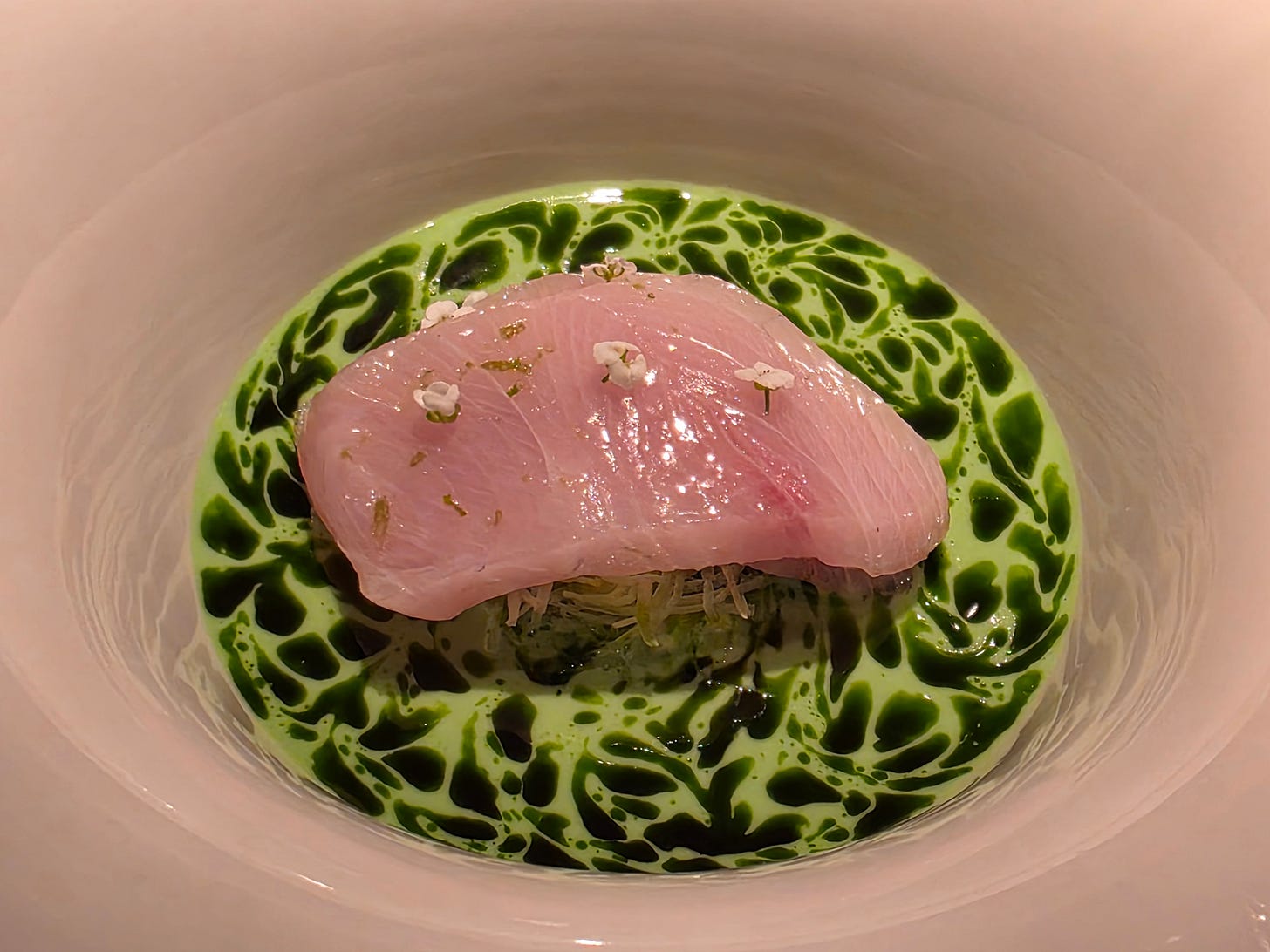
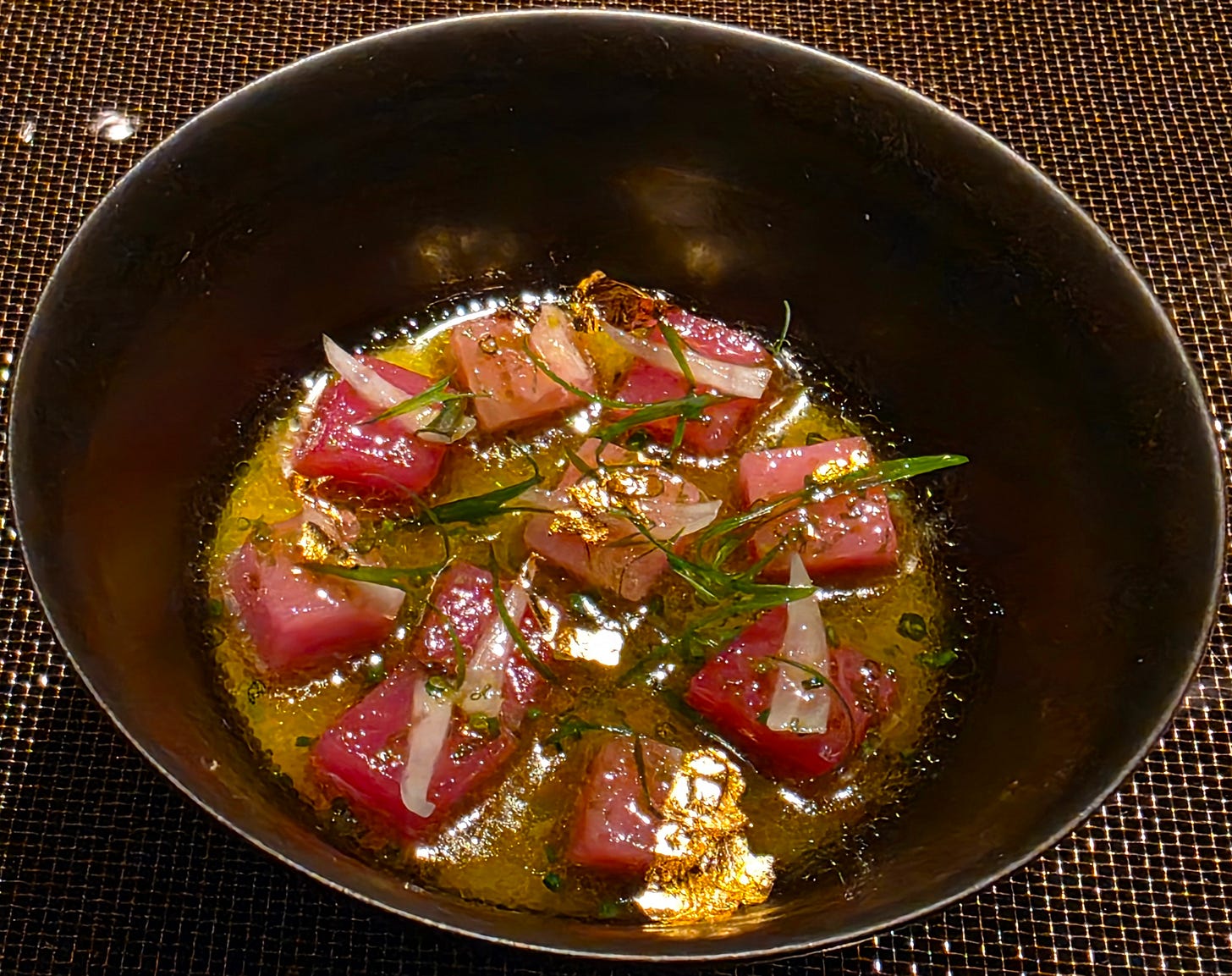

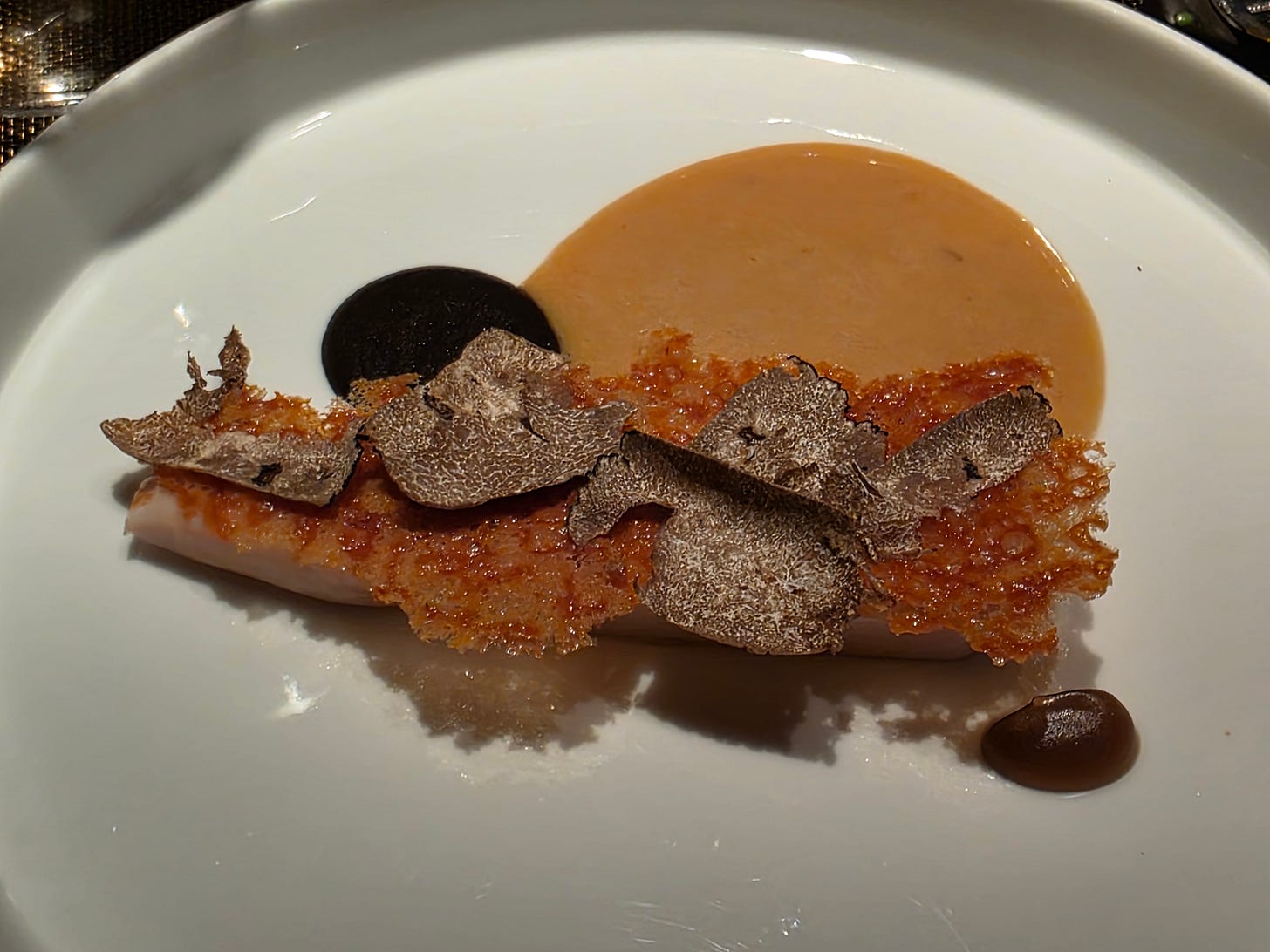

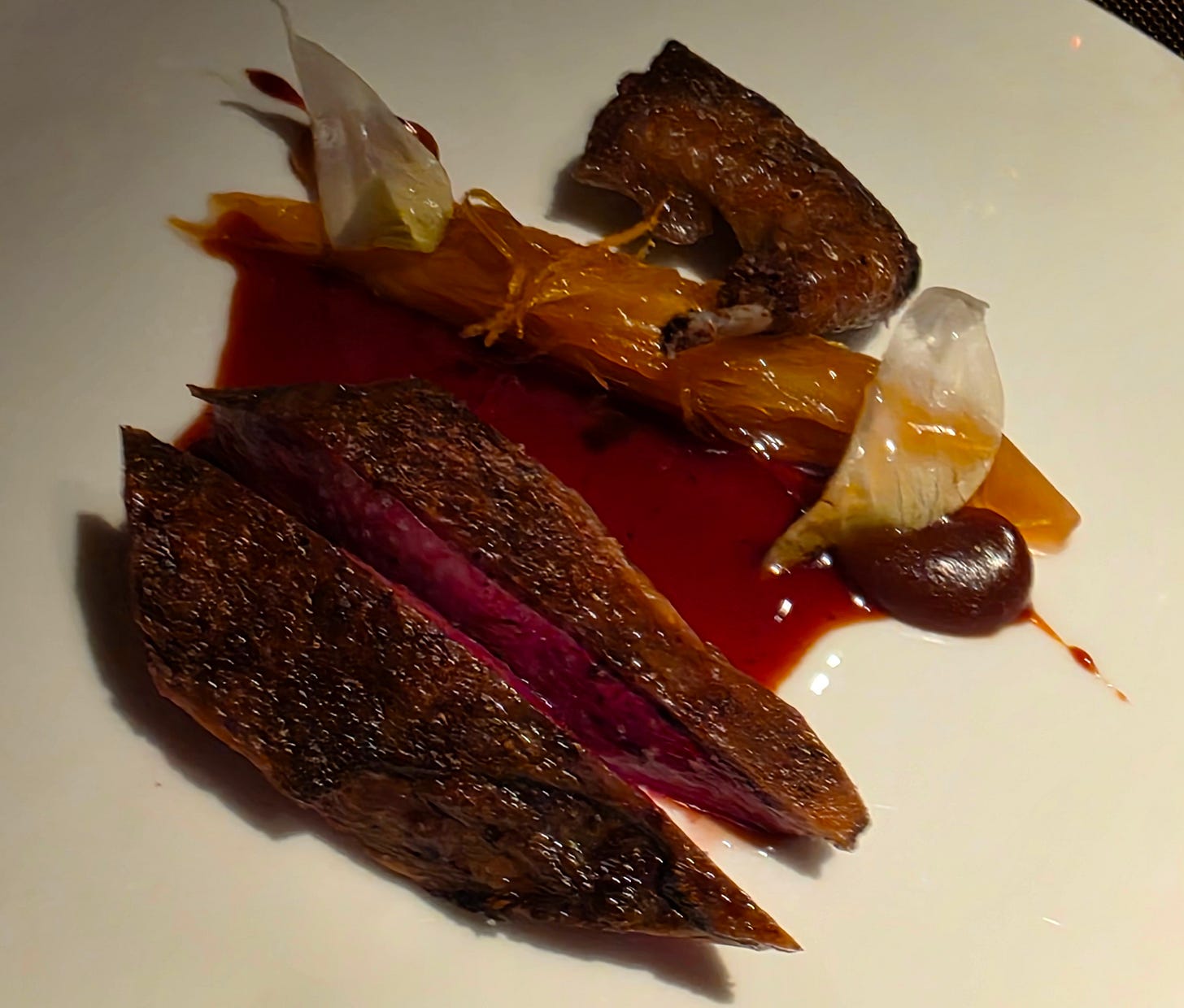
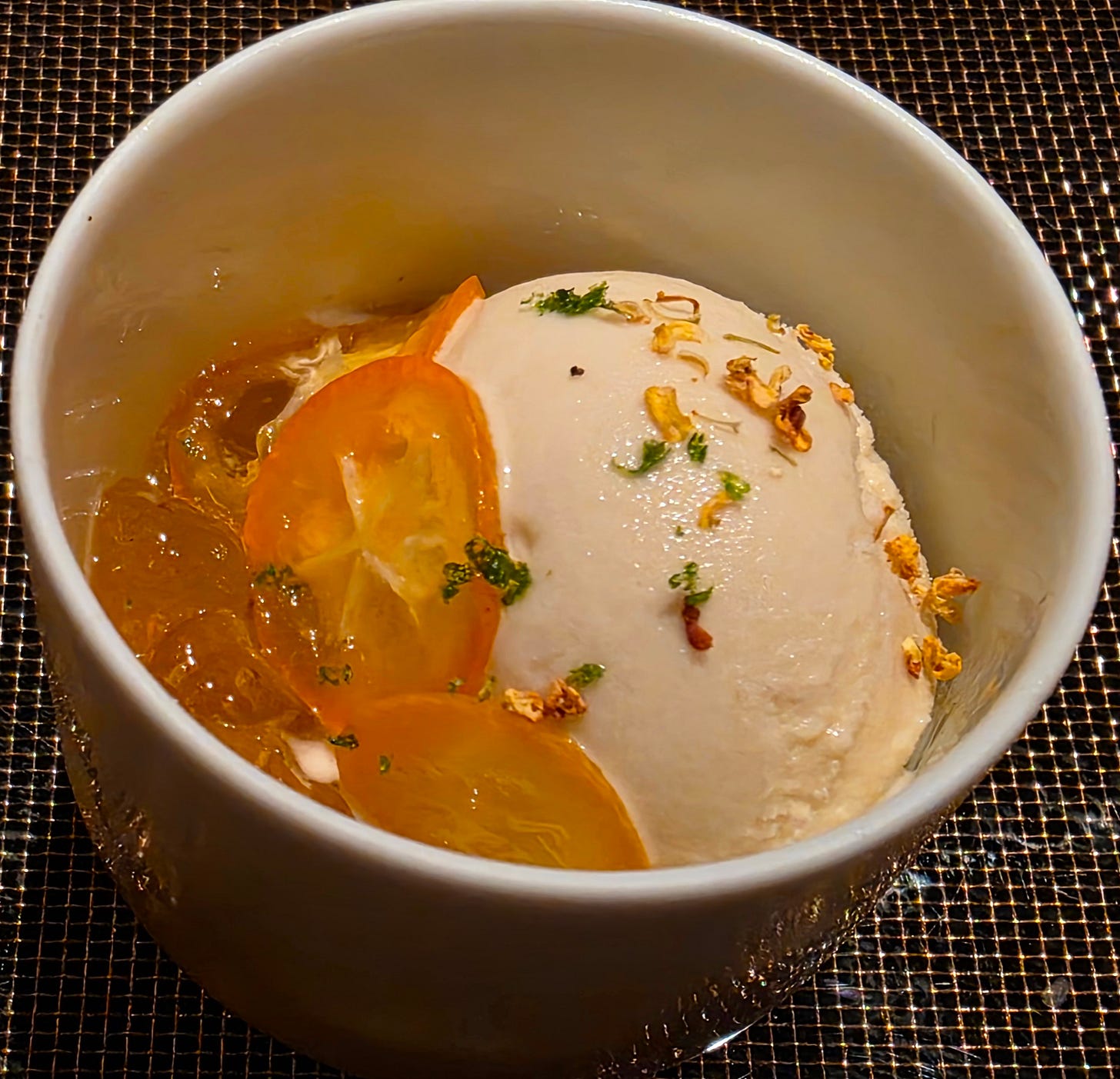
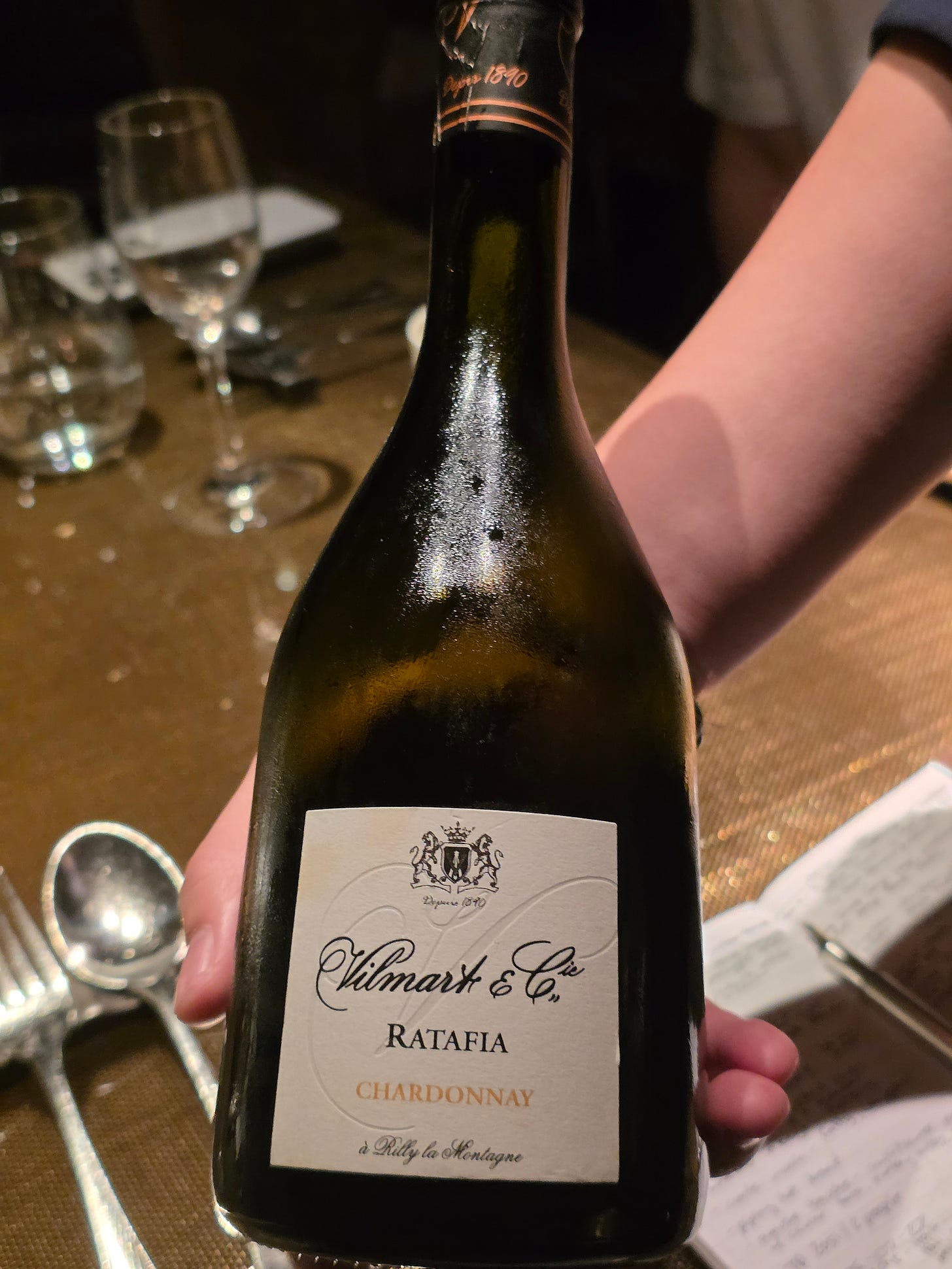
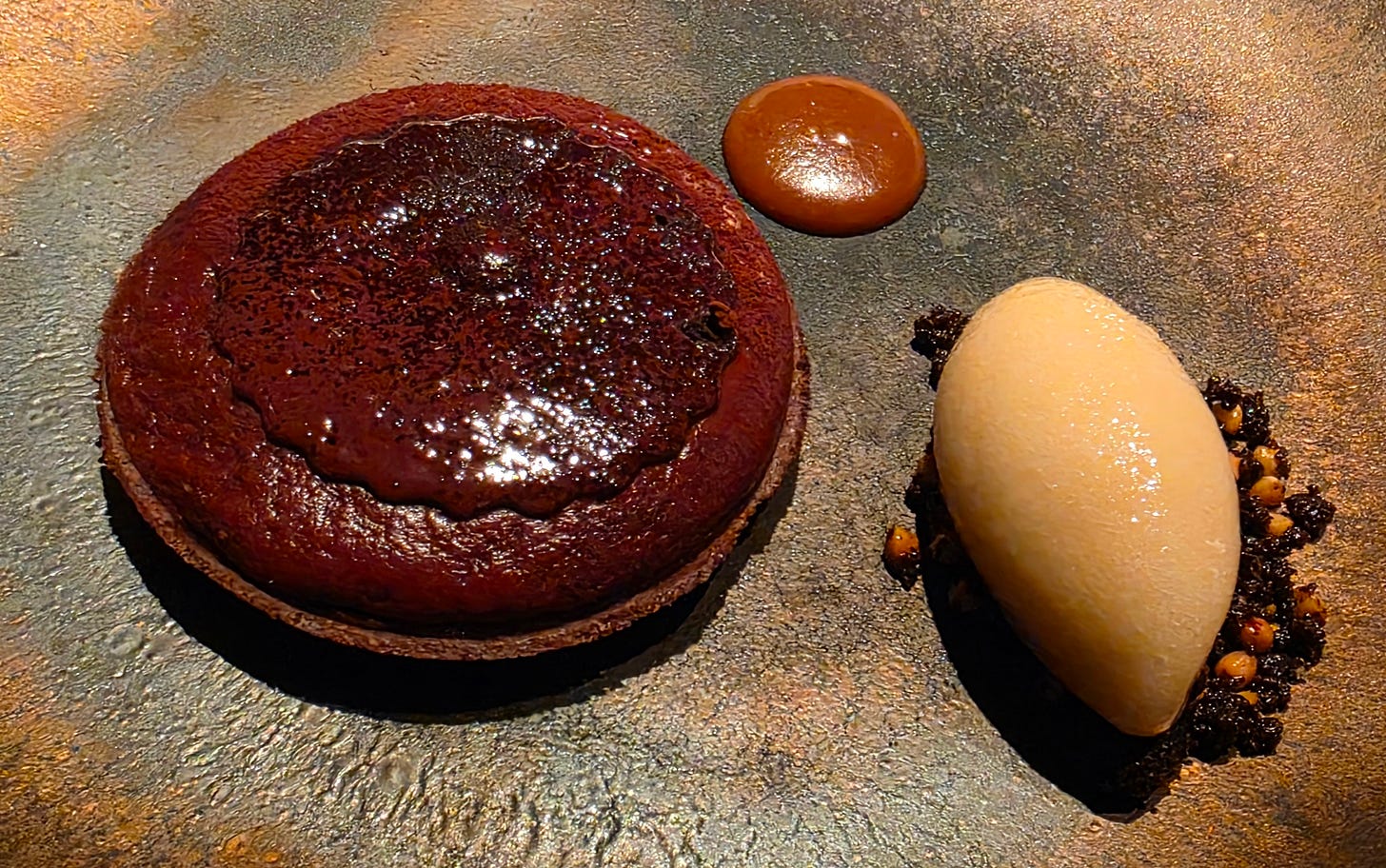
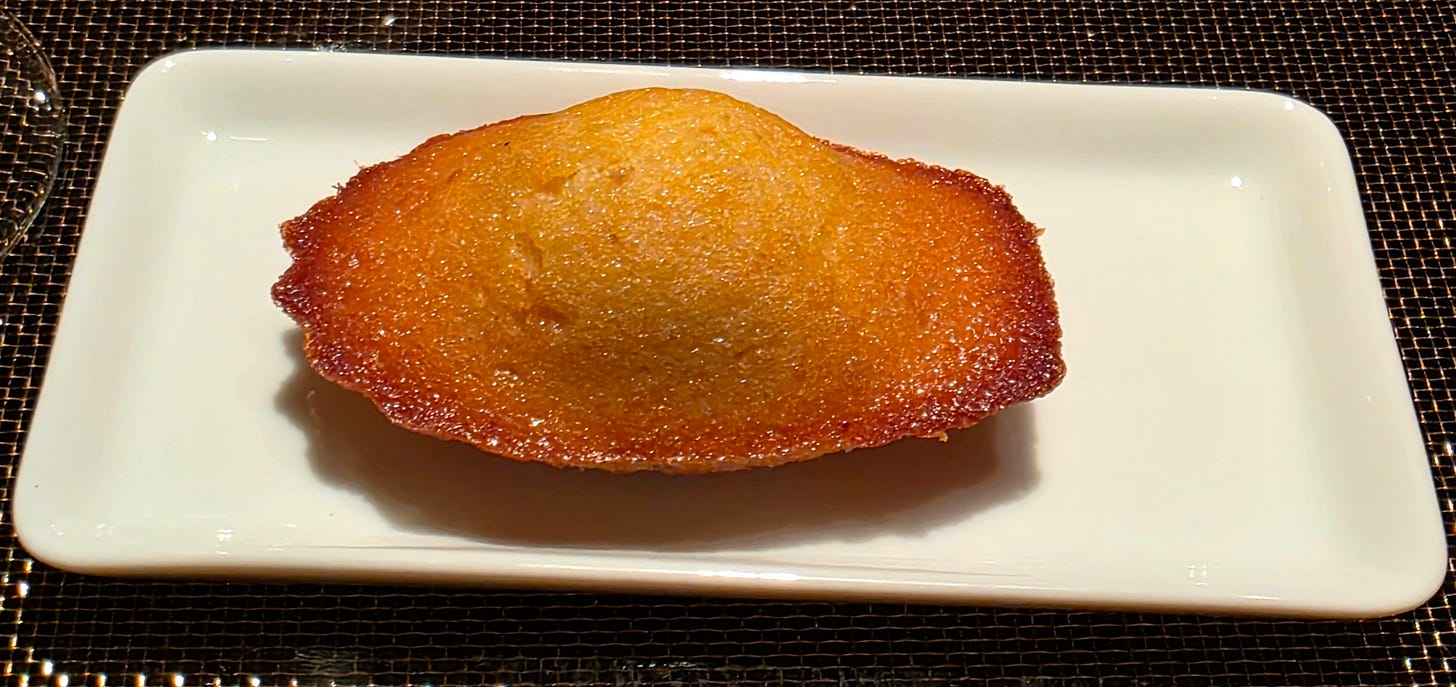
damn.... that chicken looks sensational